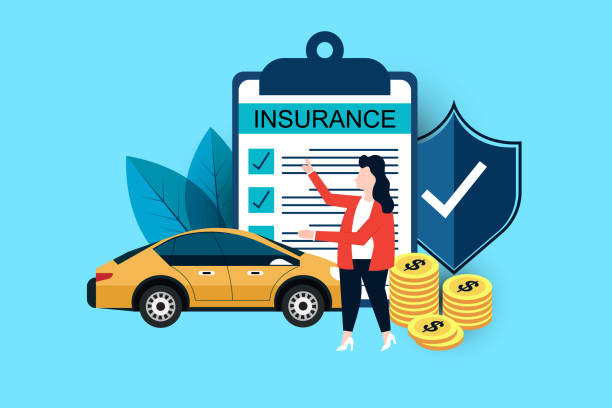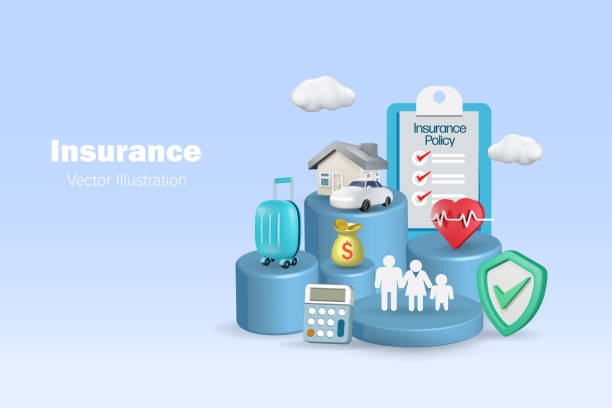Car insurance is a necessary expense—but it doesn’t have to break the bank. Whether you’re a new driver, a seasoned commuter, or someone looking to stretch your budget, this in-depth guide will show you how to lower car insurance premiums in the U.S. legally and effectively.
Table of Contents
-
Why Car Insurance Costs So Much in the U.S.
-
Factors That Affect Your Premiums
-
15+ Proven Strategies to Lower Car Insurance Costs
-
State-by-State Insurance Tips
-
When to Switch Insurers
-
Budgeting for Insurance (Internal Link)
-
Final Thoughts & Action Plan
-
FAQs
1. Why Car Insurance Costs So Much in the U.S.
The average U.S. driver spends over $1,700 annually on car insurance. Several elements contribute to this:
-
Medical and repair costs
-
Accident rates
-
Litigation and fraud
-
State regulations
-
Driving record and credit score
Even though these costs seem inevitable, most drivers are overpaying. The good news? You can cut costs without compromising coverage.
2. Factors That Affect Your Car Insurance Premiums
Before you start lowering your car insurance bill, it’s important to understand what influences it:
| Factor | Impact on Premium |
|---|---|
| Driving record | Tickets, DUIs, and accidents increase rates |
| Location | Urban areas = higher risk |
| Credit score | Lower score = higher premium in most states |
| Car type | Expensive, high-performance cars cost more to insure |
| Age and gender | Young males pay more |
| Coverage level | More coverage = higher premium |
| Mileage | The more you drive, the higher your risk |
3. 15+ Proven Strategies to Lower Car Insurance Premiums
Here are the most effective ways to lower your auto insurance premiums:
1. Shop Around and Compare Quotes
Don’t settle for your current insurer. Compare rates from:
-
Geico
-
State Farm
-
Progressive
-
USAA
-
Nationwide
Use tools like The Zebra, Compare.com, or NerdWallet to find the best price.
2. Bundle Your Policies
Combine car insurance with:
-
Homeowners
-
Renters
-
Life insurance
This multi-policy discount can save you 10–25%.
3. Raise Your Deductible
If you have savings to cover smaller damages, increasing your deductible from $500 to $1,000 can significantly lower your premium.
4. Improve Your Credit Score
Most states (except CA, MA, and HI) consider credit scores. Improve yours by:
-
Paying bills on time
-
Reducing credit card balances
-
Reviewing your credit report for errors
💡 Related: Zero-Based Budgeting Tips to Take Control of Your Finances
5. Maintain a Clean Driving Record
Tickets and accidents stay on your record for 3–7 years. Safe driving can help you earn a Good Driver Discount.
6. Take a Defensive Driving Course
Many insurers offer discounts (5–10%) for completing an approved course—especially for seniors and teen drivers.
7. Drive Less or Join a Usage-Based Program
Enroll in programs like:
-
Drivewise (Allstate)
-
Snapshot (Progressive)
-
SmartRide (Nationwide)
These track your driving habits and reward low mileage and safe behavior.
8. Drop Unnecessary Coverage
If your car is older (value < $5,000), consider dropping:
-
Collision
-
Comprehensive
These may cost more than your car’s worth.
9. Choose a Safe, Low-Risk Vehicle
Minivans and sedans typically cost less to insure than sports cars or SUVs. Check the IIHS safety ratings before buying.
10. Ask About Hidden Discounts
Insurers offer dozens of lesser-known discounts:
-
Student away at school
-
Paperless billing
-
Military or federal employee
-
Affinity group memberships
11. Pay Your Premium in Full
Paying semi-annually or annually often gets you a 5–10% discount compared to monthly payments.
12. Use Online Portals or Mobile Apps
Digital-savvy insurers often reward customers for enrolling in auto-pay, paperless billing, and using the mobile app.
13. Install Anti-Theft Devices
GPS trackers, kill switches, and alarm systems can lead to safety discounts.
14. Avoid Lapses in Coverage
A break in insurance history can result in higher future rates. If you’re switching insurers, ensure there’s no coverage gap.
15. Reevaluate Your Coverage Annually
Your driving habits change—so should your policy. Review and update your policy once a year.
4. State-by-State Insurance Tips
Car insurance laws differ by state. Here are a few examples:
-
California: Credit scores can’t be used—but ZIP codes and vehicle use matter.
-
Florida: High premiums due to weather and uninsured drivers—compare quotes frequently.
-
Michigan: Has among the highest premiums—opt for minimum required coverage.
Use your state’s Department of Insurance website to stay updated.
5. When to Switch Insurers
Switching insurers can yield instant savings. Consider switching when:
-
Your rates go up without explanation
-
You’re no longer receiving competitive discounts
-
You’ve improved your driving or credit score
-
You bought a new car
Always get a quote before your renewal date to avoid a lapse.
6. Budgeting for Car Insurance
A consistent, reliable method to plan for recurring car insurance payments is through zero-based budgeting. Learn how to allocate every dollar with intention here:
👉 Zero-Based Budgeting Tips
Also, if your savings from insurance reduction frees up extra money, consider investing:
👉 How to Invest in Stocks for Beginners
7. Final Thoughts: How to Lower Car Insurance Premiums Effectively
Car insurance isn’t one-size-fits-all, and it shouldn’t cost more than necessary. To truly lower your premiums:
-
Stay proactive: Review your policy annually.
-
Drive safe: Keep your record clean.
-
Do your homework: Compare, ask, and negotiate.
-
Use your savings wisely: Apply them to savings, emergency funds, or investing.
8. Frequently Asked Questions
Q: How much can I save by switching insurers?
Most drivers save $300–$800 annually by switching.
Q: What’s the best car for cheap insurance?
Vehicles like Honda CR-V, Subaru Outback, and Toyota Camry are cheap to insure.
Q: Does mileage really affect my rate?
Yes. Driving under 7,500 miles/year may qualify you for a low-mileage discount.
Q: Should I drop full coverage on a paid-off car?
If the car is worth less than $5,000, it may not be cost-effective to carry full coverage.


